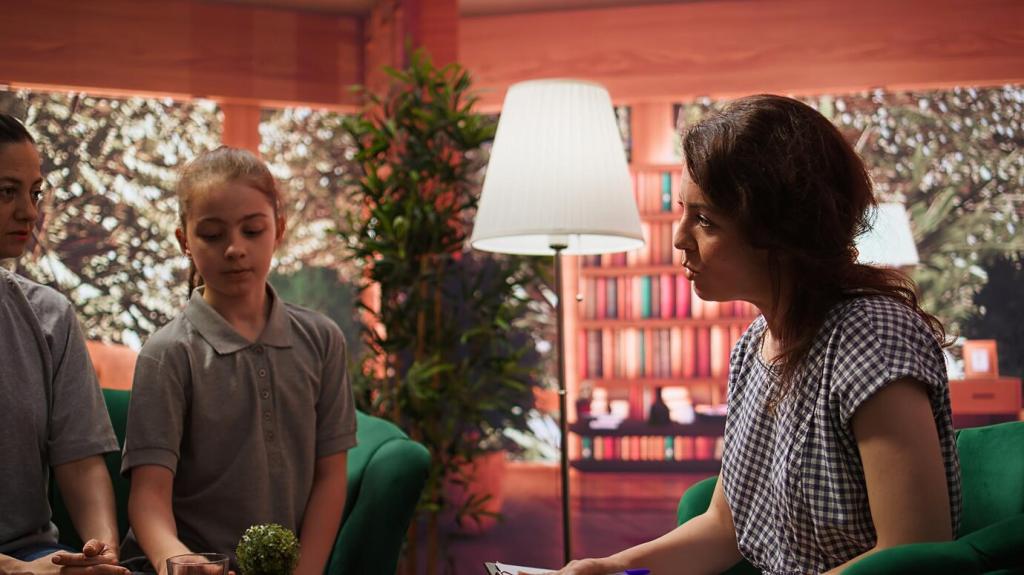Collaboration in the Trenches: Directors, Editors, and Producers
Temp tracks shape expectations. Respect the emotional function while proposing your own language. Have you ever mapped why a temp cue works beat-by-beat? Share your approach to honoring the reference while freeing the project from creative dependency and unhelpful stylistic handcuffs.
Collaboration in the Trenches: Directors, Editors, and Producers
Notes are a compass, not a verdict. Translate feedback into musical actions—brighter harmony, lighter texture, slower development. Tell us about a revision that saved a scene, and how you protected the score’s identity while staying generous, focused, and relentlessly solution-oriented.






